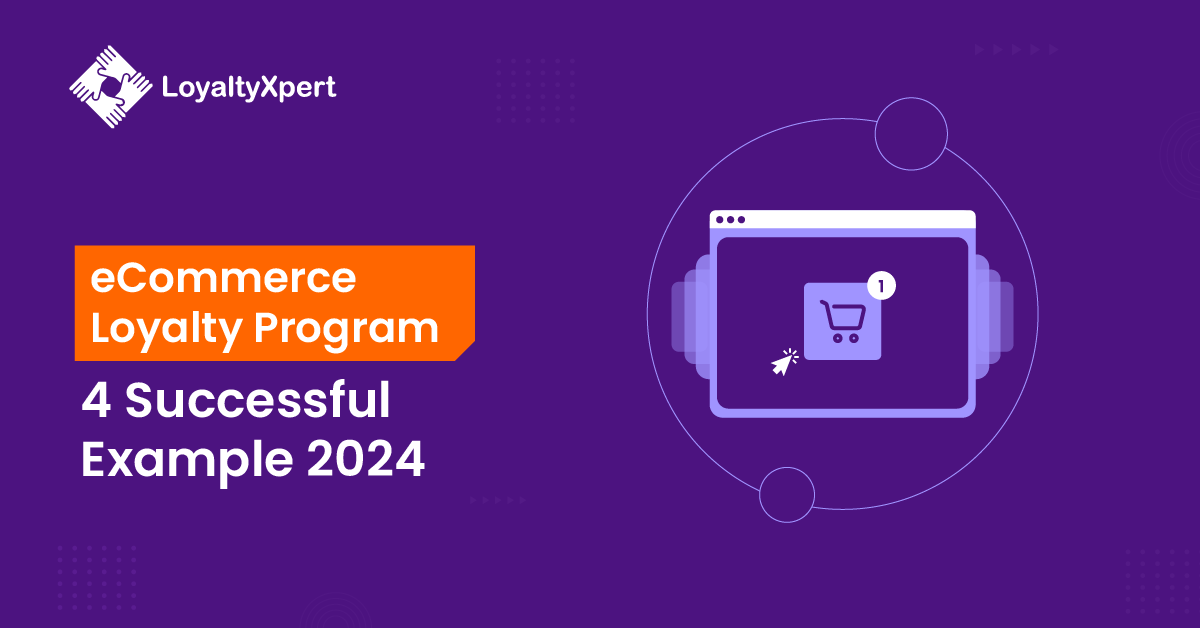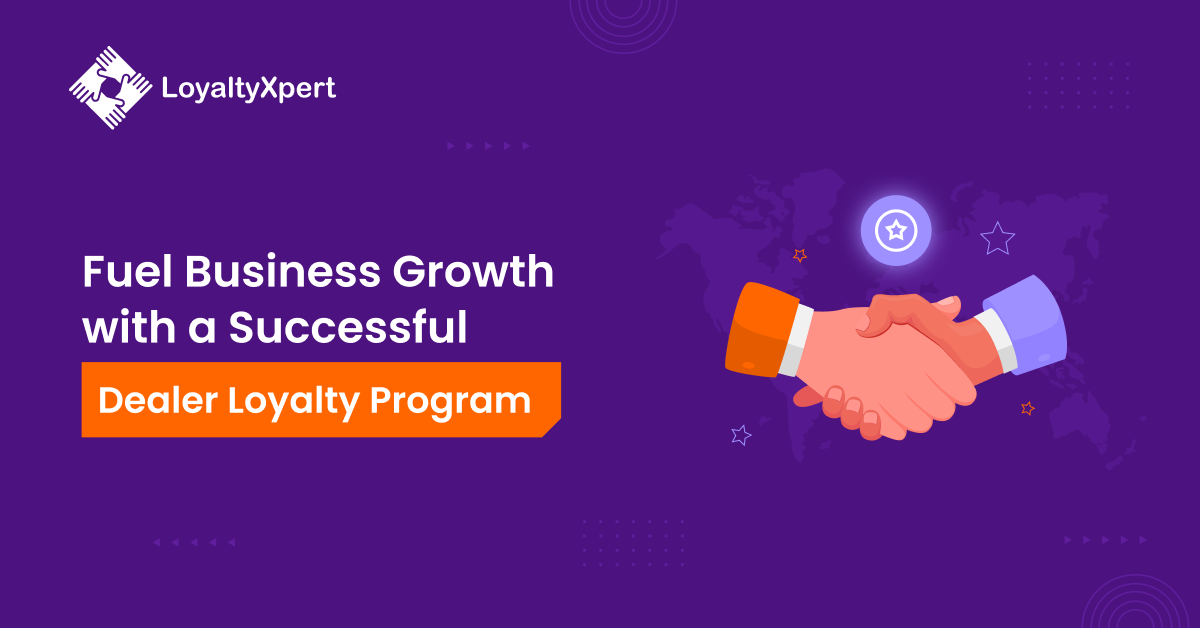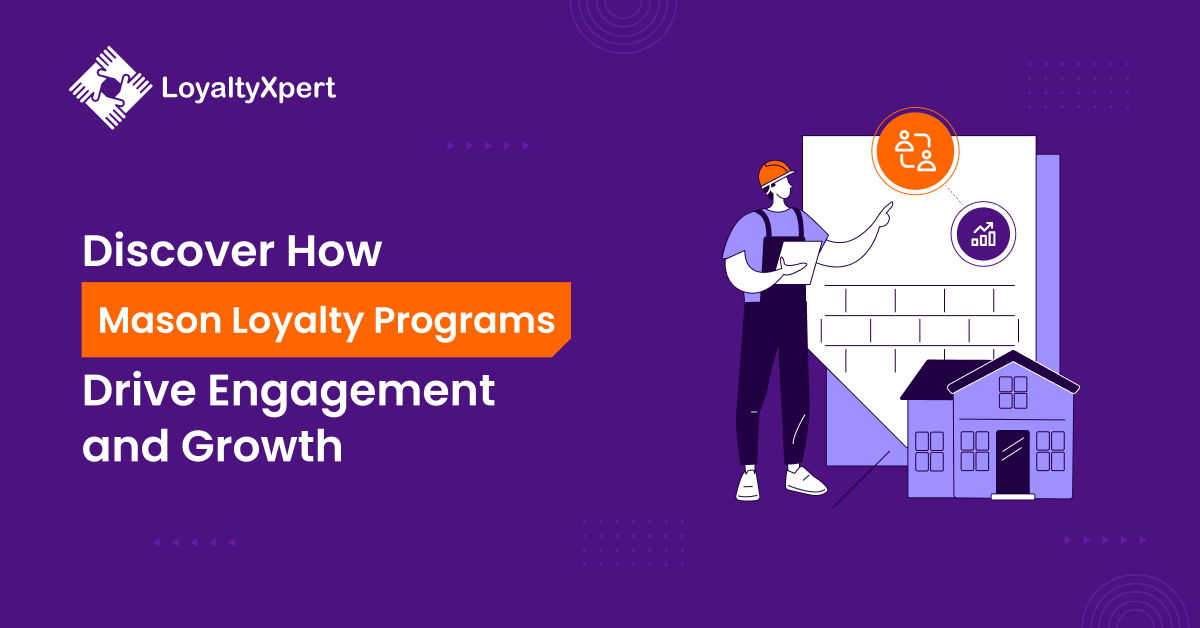
eCommerce Loyalty Program: 4 Successful Examples 2024
Author
admin
Published on:
Jan 31, 2024
Table of Content
See How Our Loyalty Program Can Help You.
Let us guide you through our product features with Loyalty Experts
Loyalty programs have become a must-have strategy for eCommerce businesses in 2024. With the rising costs of acquiring new customers, brands are focused on retaining and rewarding their existing loyal customer base. Studies suggest that over 84% of consumers are more likely to stick to a brand that provides them with customer loyalty programs. A compelling loyalty program can give you a competitive edge by driving engagement, gathering data, and building lasting relationships with customers.
In this blog, we will explore what makes an effective eCommerce loyalty program and key strategies to implement one successfully. Looking at examples from leading brands, we will identify best practices to provide differentiated value to customers, integrate seamlessly into their shopping experience, leverage data insights, and build a community around your brand.
The future will be shaped by brands that can turn customers into loyal advocates beyond a single purchase. A well-designed loyalty program tailored to your eCommerce business can help you stand out in a crowded market. As you read through the blog, consider what elements could work for your business and align with your brand positioning. We will also discuss 4 successful examples of eCommerce loyalty programs and determine what makes them successful.
The primary goal of a loyalty program is to enhance the customer experience and encourage customers to purchase from a brand again and again. A well-crafted loyalty program can nurture a dedicated customer base and increase customer retention for the brand.
The Changing Landscape of the eCommerce Industry
Over the past few years, the eCommerce industry has grown tremendously. With the emergence of Covid-19, the industry has witnessed significant growth. According to reports, in pandemic-fueled 2020, global online sales reached $4.2 trillion. In fact, it is expected to surpass $6.3 trillion by 2024. This exponential growth is driven by multiple trends:- Mobile commerce continues to expand, with the population of digital buyers rising and making purchases on smartphones. Brands must optimize for mobile shoppers.
- Social commerce on platforms like Instagram and TikTok is disrupting traditional models. Shoppable posts and influencer partnerships connect merchants to new audiences.
- Voice commerce enabled by smart speakers allows for conversational buying experiences. The market is still emerging but holds promise for one-click purchases.
- Hyper-targeted, personalized marketing powered by data and AI matches customers with relevant products and experiences.
- Faster and more flexible shipping options raise expectations around fulfillment and delivery.
Common Challenges eCommerce Businesses are Facing
While loyalty programs provide a major growth opportunity, eCommerce businesses face some common challenges in designing and executing an effective program.- Standing out from the crowd is becoming increasingly difficult as more brands adopt loyalty strategies. Customers today are part of many programs and expect personalized and differentiated offerings and experiences. Identifying creative benefits that align with your brand values is key to cutting through the clutter.
- Integrating the loyalty program into the shopping experience seamlessly can be complex for eCommerce businesses. The user journey needs to be frictionless whether on your website, app, or other channels like in-store. Leveraging the right technology stack is vital to enable easy sign-ups, tracking activities, and facilitating redemptions.
- Maximizing the use of data can be challenging with limitations around third-party data usage due to privacy regulations. Smart use of first-party data like purchase history, behaviors, and preferences is vital to delivering personalized recommendations and experiences.
- Managing the costs of running and incentivizing members can impact profitability. Determining the right mix of rewards, tier structures, and eligibility criteria is important to maintain a budget.
Types of eCommerce Loyalty Programs
Loyalty programs for eCommerce businesses can take many forms but generally fall into a few main structures. Understanding the types of programs and their benefits can help eCommerce brands determine the right approach for their needs.1. Tiered Programs
Tiered loyalty programs offer increasing benefits and rewards as customers reach higher spending or engagement tiers. Common tiers may include Silver, Gold, and Platinum status levels. Higher tiers unlock better perks like free expedited shipping, discounts, early access to sales, and more VIP treatment. This model provides an aspirational path to encourage customers to spend more to reach the next elite status.2. Point-Based Programs
Under point-based programs, customers earn points for different actions like purchases, reviews, referrals, etc. Points can then be redeemed for rewards like discounts, free products, donations, or sweepstakes entries. The flexibility of earning and redemption helps drive specific behaviors brands want to incentivize. Points earned also create a history and relationship between the brand and the customer.3. Value-Based Programs
Rather than points, value-based programs offer currency-value rewards like cash back or account credits. For example, a brand may offer 5% of the order total back in credits for future purchases. This model provides guaranteed value to motivate purchases and helps combat cart abandonment.4. Paid Programs
Paid VIP programs offer exclusive perks, early access, and special offers in exchange for a monthly or annual membership fee. This helps brands build a recurring revenue stream while delivering high-value experiences to build loyalty with their best customers. Paid tiers can co-exist with free tiers in a hybrid model. [pafe-template id="13671"]4 Successful Examples of eCommerce Loyalty Programs 2024
1. Upto75
Upto75 is a B2B marketplace that offers a tiered loyalty program called Upto75 Premium. Members can access exclusive deals, bulk order discounts, and other VIP perks. Higher tiers unlock more rewards like free 2-day shipping. Since launching in 2021, Upto75 Premium has driven a substantial increase in repeat purchase rate among members. Key to success:- Aspirational premium tiers incentivize big spenders
- Bulk order discounts reward business buyers
- Exclusive deals create FOMO among non-members
- Higher retention and share of wallet from members
2. SupplyHive
SupplyHive, a B2B e-commerce platform for industrial supplies, employs a point-based loyalty program. Points are earned for every dollar spent and can be redeemed for account credits to reduce future purchase costs. SupplyHive has seen purchases increase among enrolled members. Reasons for success:- Points earned on all purchases drive engagement
- Account credits provide guaranteed savings
- Integrated into an existing e-commerce platform
- Easy to understand earning and redemption
3. Handshake
Handshake offers a paid membership program called Handshake Premium. For a $99 annual fee, members get 5% back on all purchases, free 2-day shipping, and early access to new products and sales events. Since launching in 2020, Premium members have spent significantly more than non-members. Why it works:- Recurring fee provides predictable revenue
- High-value perks entice users to subscribe
- Tiered benefits incentivize increased spending
- Drives differentiation from competitors
4. Faire
Faire is a fast-growing wholesale marketplace. Their loyalty program Faire Insiders offers cash-back rewards that scale based on annual spending tiers. Insiders can earn up to 20% cash back each year they reach a new tier threshold. This value-based structure has supported Faire's YoY revenue growth. Keys to success:- Cashback rewards resonate with business buyers
- The tiered model incentivizes growth with business
- Aligns customer and company goals
- Significant rewards drive loyalty and retention


